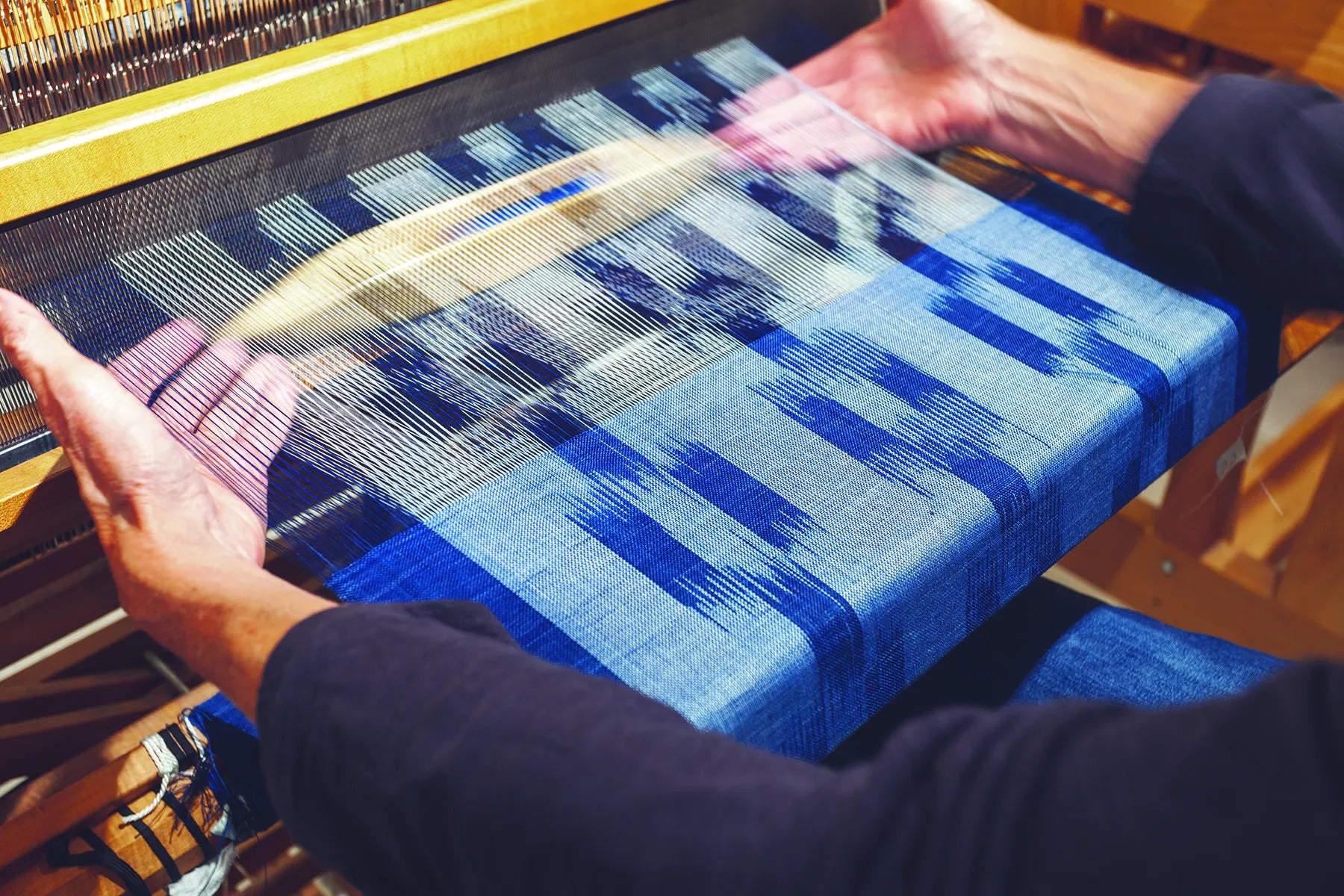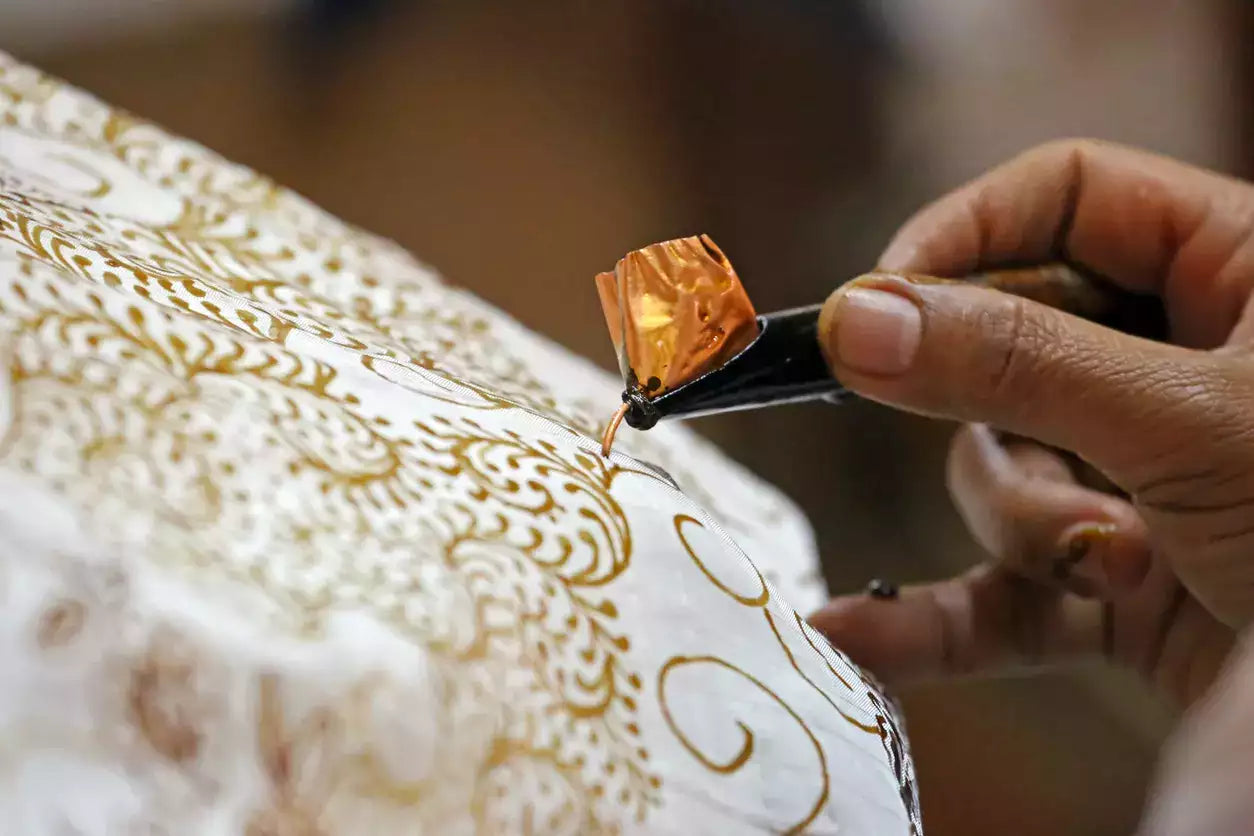
What is Ikat Fabric, and Why is it so popular?
Centuries-old weaving technique which still is a symbol of stature and elegance, Ikat, perfectly symbolises the intensive hard work given in by the weavers. The slightly blurred patterns in Ikat are the essence of its exclusiveness.
It’s only sheer coincidence that the origin history of Ikat is in a way blurry.
Though it’s believed by scholars that the craft grew from the South East Asian countries like Cambodia, Myanmar, Philippines, and Thailand, evidence suggests that it majorly manifested from Indonesia. Even the term “Ikat” is derived from the Indonesian word “MengIkat “ which means “to tie.”
Ikat is believed to have come to India through its trade ties in ancient times with China and Indonesia. India embraced the craft in such a way that today, India’s Ikat has become world-renowned in the textile world.
Andhra Pradesh/Telangana, Gujarat, and Odisha are the major hubs of Ikat in India. In fact, Odisha has been defining excellence through its Ikat weaves since the 12th century.
The intense skill and long hours that goes into creating Ikat weaves:
The process starts with creating a resist by binding individual yarns or bundles of yarns into intricate patterns. The yarns are then plunged into a dye bath and when it has taken on the colors well, they are left to sun-dry. This whole process can be repeated multiple times, to produce elaborate and multi-colored patterns.
The indigenous range of Ikat styles
Warp Ikat: In this style, only the warp yarns are dyed with the Ikat process and weft yarns are dyed a solid color. Even before the weaving, the Ikat pattern is clearly visible in the warp yarns on the loom.
Weft Ikat: In this, weft threads are dyed and it is a more complex and time-consuming process as the weft yarns have to be precisely woven to maintain the clarity of designs.
Double Ikat: In this technique, both warp and weft are carefully dyed prior to weaving. Certainly, this type is the most challenging one to craft. The double Ikat made in Patan, Gujarat called “Patola” is the most distinguished style as it is made using fine silk yarns and a variety of colors. It may be patterned with small detailed motifs across a six-yard long sari. It’s a marvel-worthy achievement for its minute and intricate artisanship.
Care and Maintenance
The fabric which is made with so much skill and precision deserves some gentle care but mostly LOVE! Silk fabrics can be hand washed in cold water using mild detergents while cotton fabrics can be washed in the machine. Obviously, dry cleaning is highly recommended for both fabrics.
Ikat is truly the ‘Poetry of the Loom’
Deriving its unique aesthetics from the precise computations developed by focusing on the symmetry of the designs Ikat truly is the pride of Indian textile that is worth preserving and promoting internationally.
At Dorrcee, we are consciously preserving and promoting this dyeing technique by incorporating them in contemporary silhouettes. Check out our Ikat collection, here. To know more about the other Indian handlooms and handcrafted textiles in which we work, visit us at our website, here.

Leave a comment
This site is protected by hCaptcha and the hCaptcha Privacy Policy and Terms of Service apply.